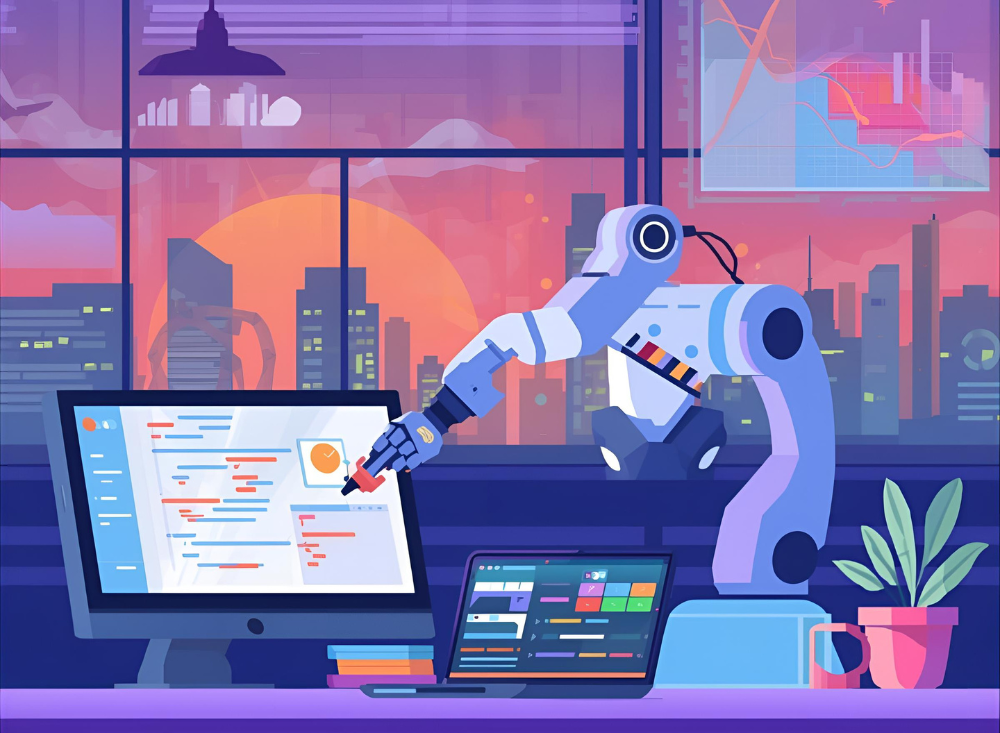
In software development, quality assurance (QA) is a critical but costly process, with manual testing consuming both time and budgets. For teams building complex systems like AI-driven apps or large-scale platforms, these expenses can spiral, diverting funds from innovation and growth. As highlighted in How Smarter Testing Protects Revenue From Production Bugs, artificial intelligence (AI) transforms QA by automating testing, saving more than just time—it slashes significant financial costs. By streamlining processes, AI-driven QA delivers flawless software, reduces expenses, and boosts profitability, empowering teams to focus on delivering value.
The Financial Burden of Manual QA
Manual QA is a double-edged sword, draining both time and money. Crafting test cases, running them across platforms, and debugging issues require extensive hours from skilled testers, inflating labor costs. For intricate systems, the complexity of covering functionality, edge cases, and performance scenarios manually escalates expenses, leading to:
- High Labor Costs: Hours of repetitive testing add thousands to budgets.
- Delayed Releases: Prolonged QA cycles delay market entry, reducing revenue potential.
- Costly Bug Fixes: Missed defects lead to expensive post-release repairs.
- Resource Drain: Funds spent on QA limit investment in development and innovation.
AI-driven automation saves both time and money, delivering quality while keeping budgets lean, as noted in How Smarter Testing Protects Revenue From Production Bugs.
How AI Automation Saves Money in QA
AI transforms QA into a cost-efficient, high-impact process, delivering significant financial savings alongside time reductions. Here’s how it works:
1. Instant Test Case Creation
AI generates thousands of test cases in seconds by analyzing code and requirements, covering functionality, edge cases, and performance, eliminating costly manual test design.
2. Rapid Test Execution
AI runs tests across platforms, devices, and scenarios in minutes, slashing testing time and reducing labor costs tied to prolonged QA cycles.
3. Automated Test Updates
As code evolves, AI adjusts test cases automatically, cutting the expense of manual revisions and ensuring cost-efficient maintenance.
4. Cost-Effective Bug Detection
AI identifies bugs, performance issues, or vulnerabilities in real time, minimizing debugging costs and preventing expensive post-release fixes.
5. Streamlined User Validation
AI simulates real-world user interactions—clicks, inputs, and edge cases—in moments, reducing the cost of labor-intensive usability testing while ensuring quality.
6. Efficient Feedback Delivery
AI delivers real-time defect reports with actionable fixes, cutting analysis and communication costs, keeping QA budgets in check.
7. Seamless Workflow Integration
AI embeds testing into development pipelines, validating changes automatically, reducing coordination costs and enabling cost-efficient delivery.
Benefits of Money-Saving AI QA
AI-driven QA delivers a process that’s economical, reliable, and impactful:
- Significant Cost Savings: Cuts labor and time expenses by thousands.
- Flawless Quality: Ensures comprehensive coverage for reliable software.
- Faster Releases: Accelerates delivery without budget strain.
- Resource Efficiency: Frees funds for innovation and growth.
- Scalable Savings: Handles complex systems cost-effectively.
The Future of Cost-Saving QA
As software complexity grows, AI will further optimize QA, automating intricate testing with greater efficiency to maximize savings. Advanced analytics will align quality with financial goals, ensuring QA drives profitability. With AI, QA becomes a strategic asset for sustainable cost reduction.
Automating QA saves more than just time—it saves money. AI streamlines testing with speed and precision, delivering flawless software while slashing budgets. With AI, QA becomes a money-saving powerhouse, empowering teams to innovate and ship with confidence.